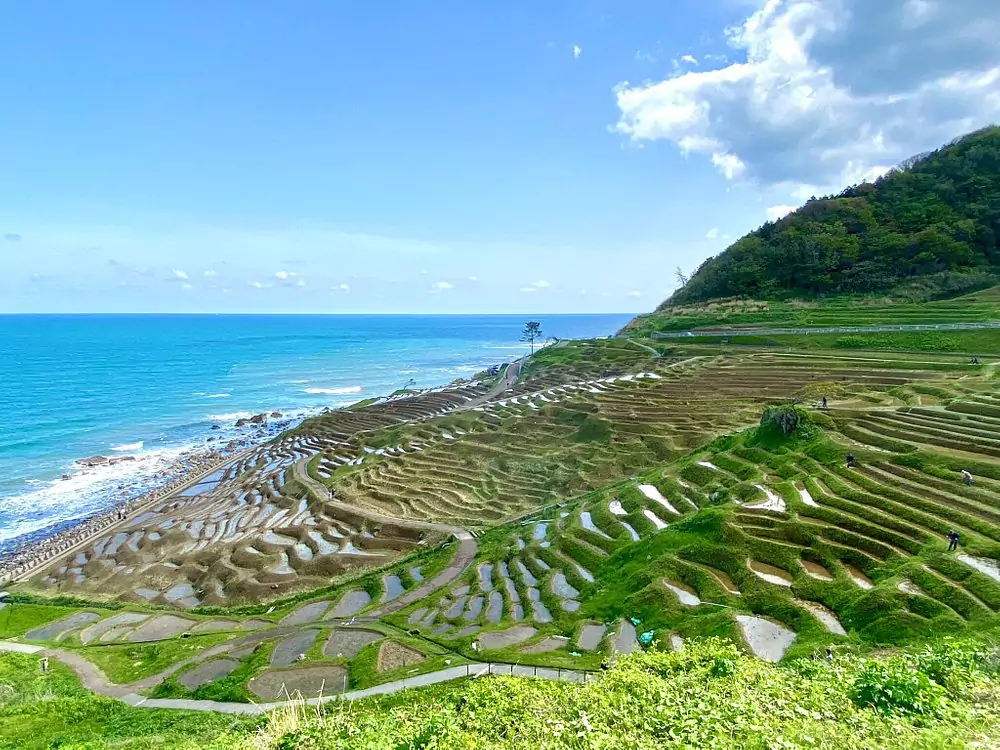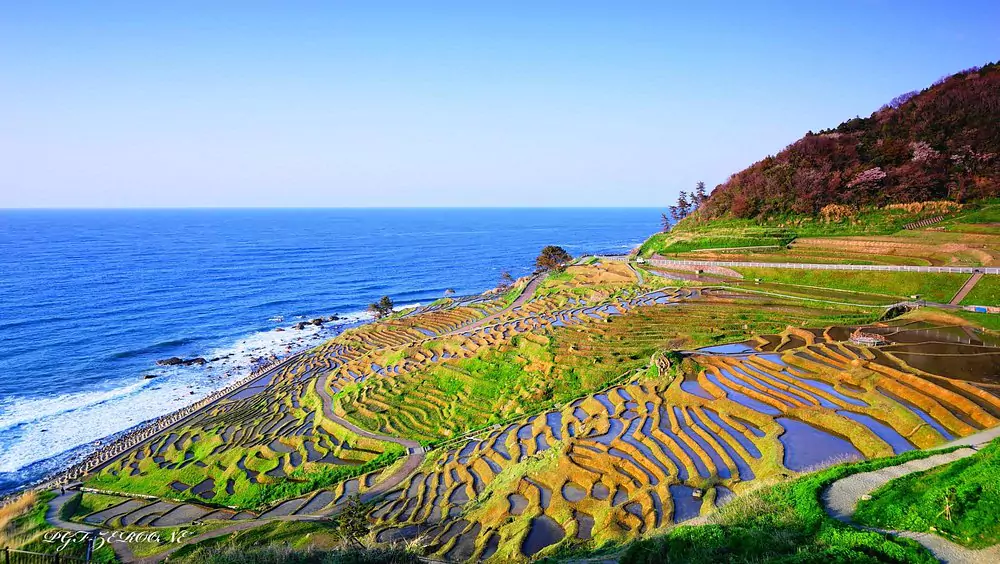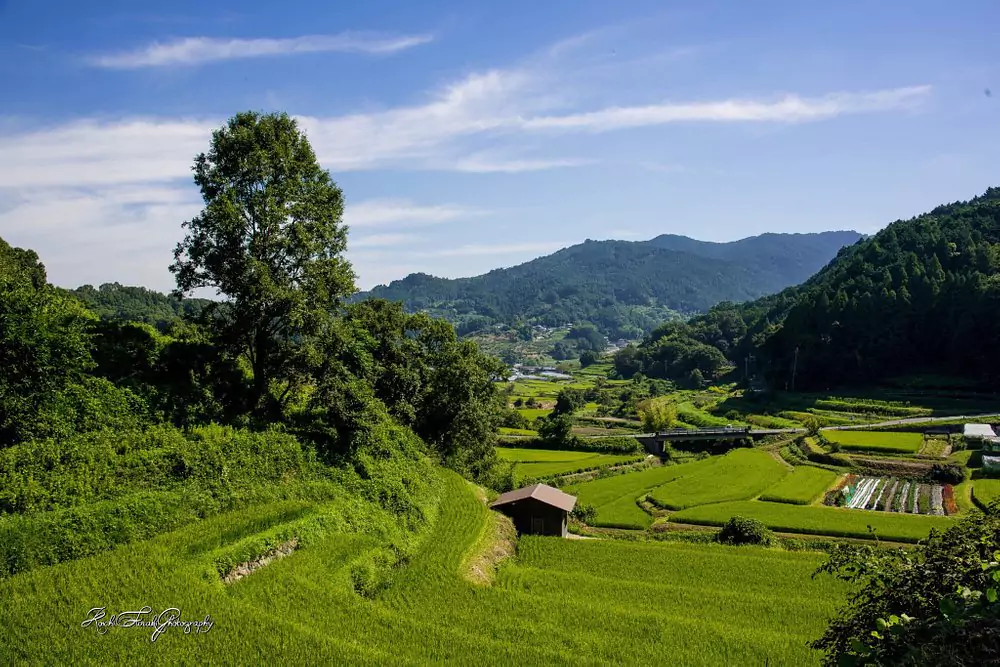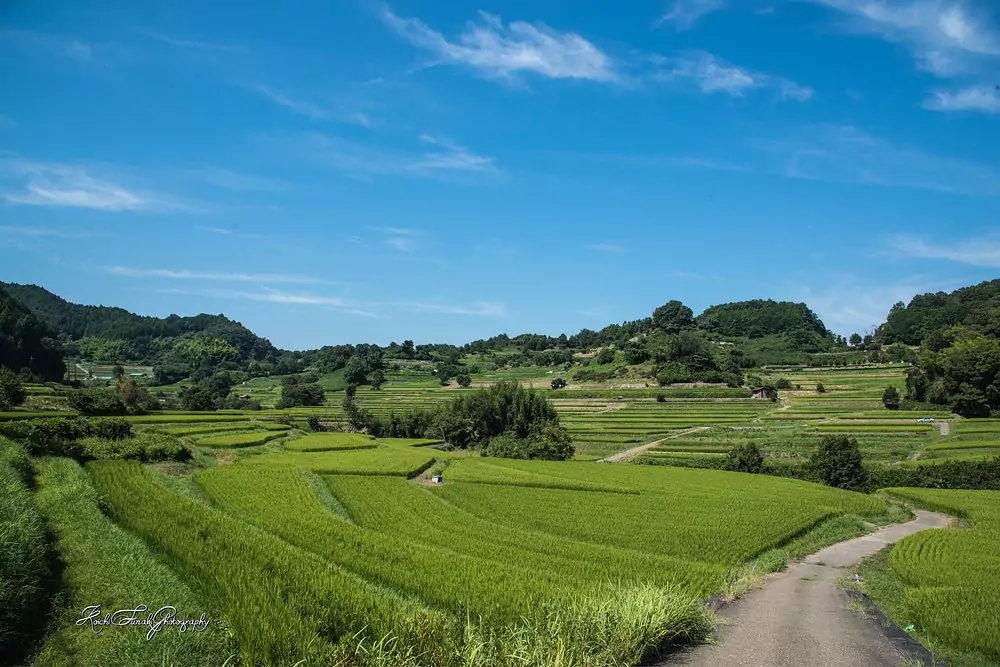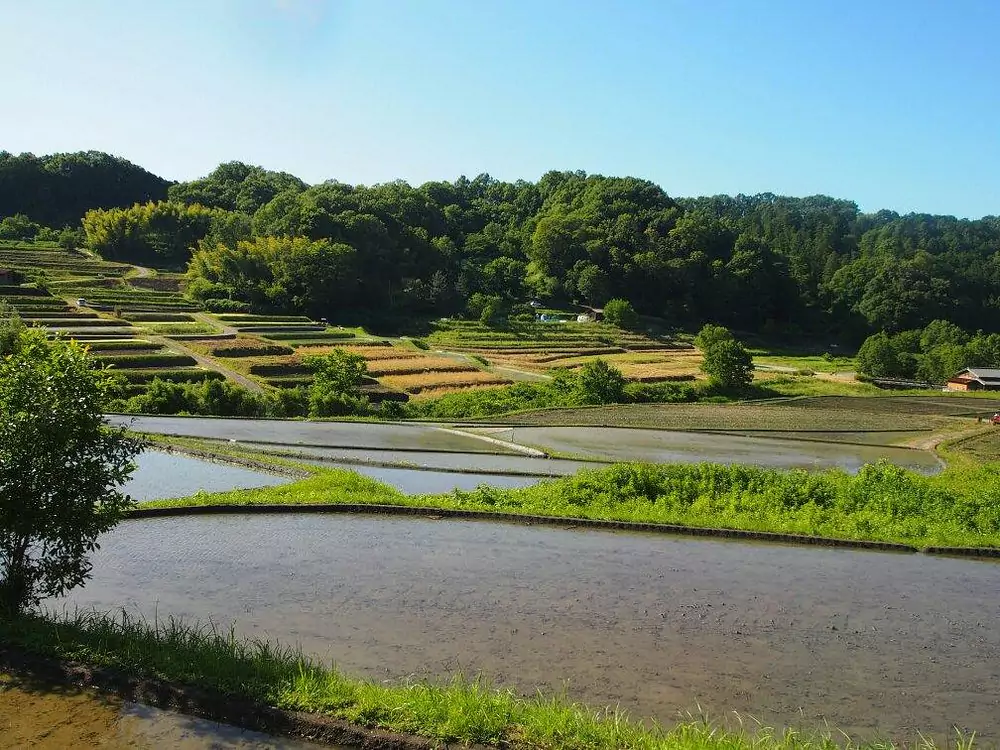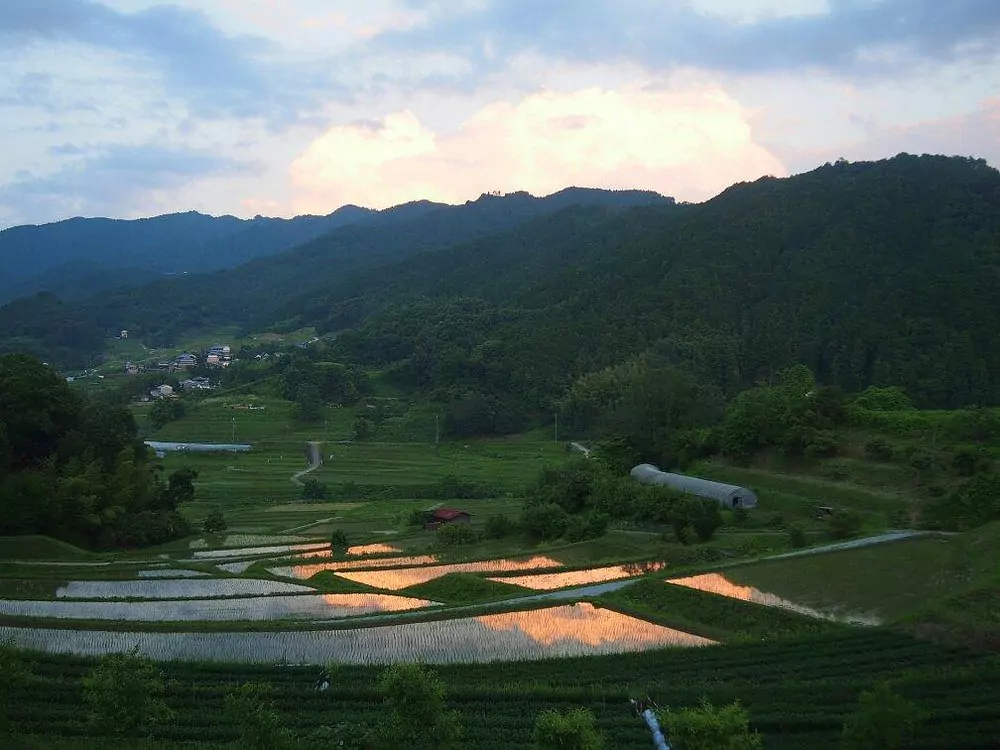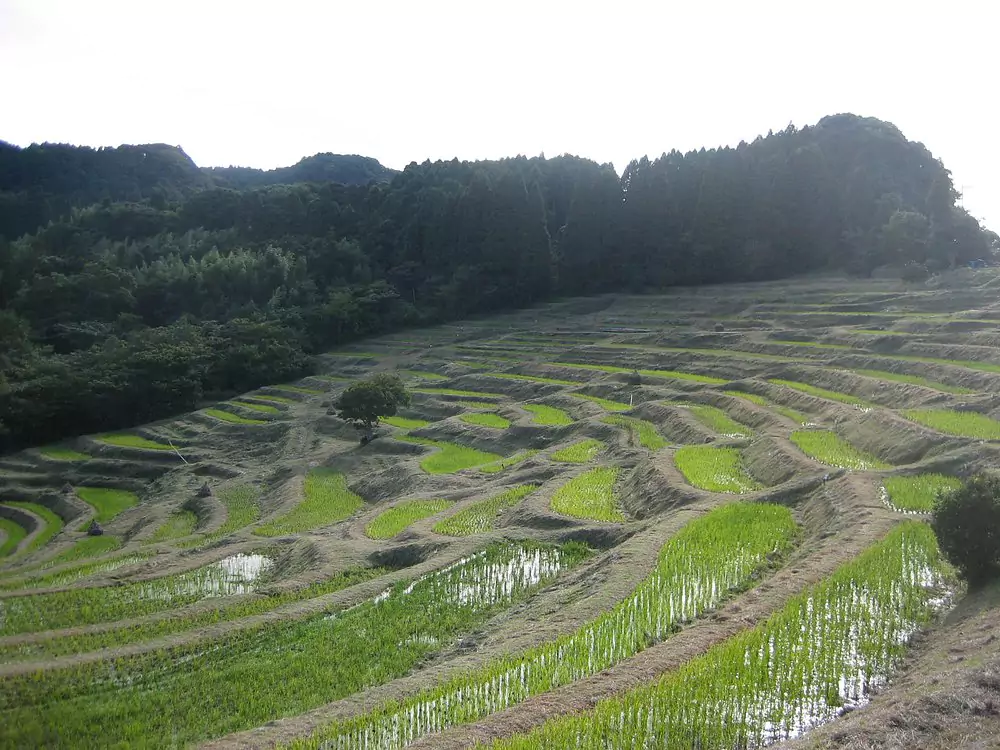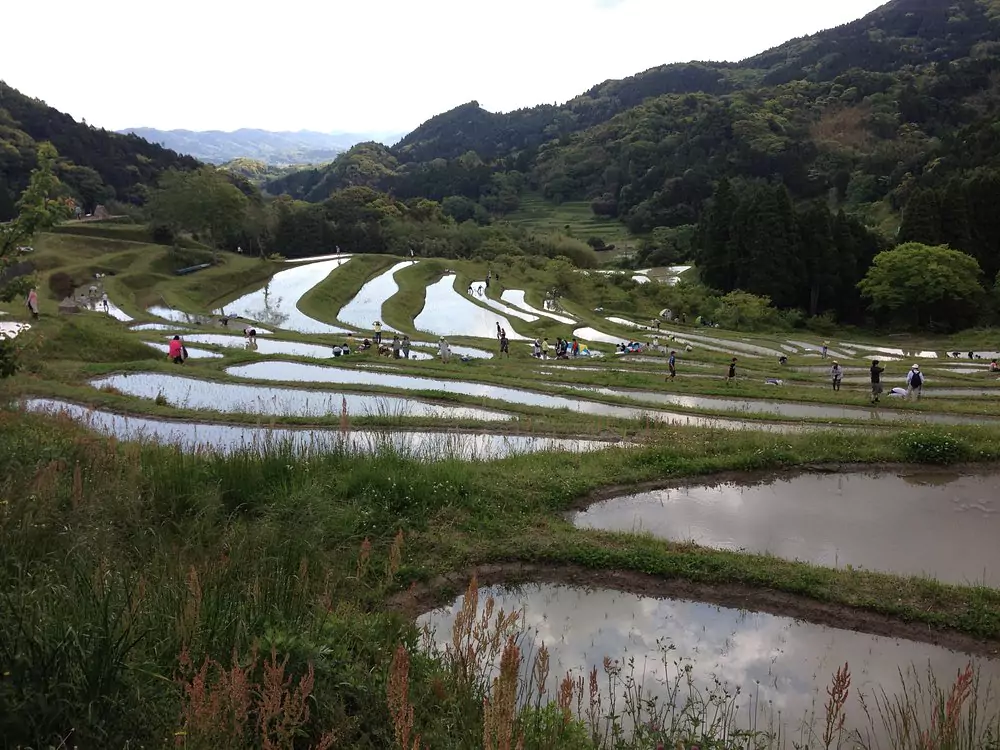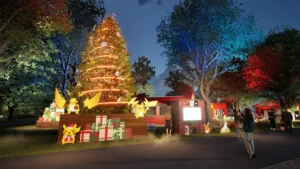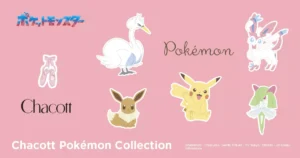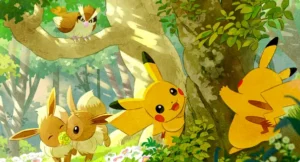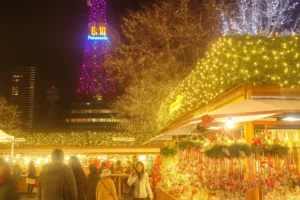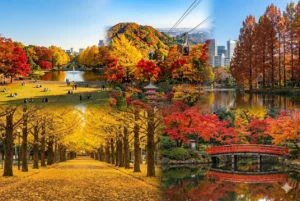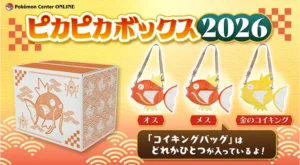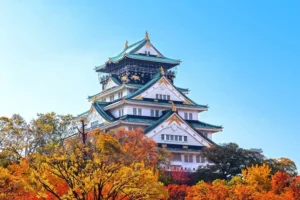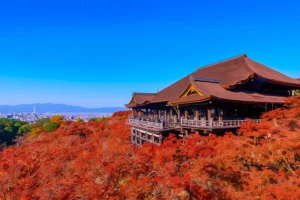Have you ever wondered why rice fields in Japan look like living paintings? They stretch across hills, reflect the sky like mirrors, and change color with the seasons. There’s something peaceful and magical about them. But did you know there’s more to these fields than just beauty? In this post, we’ll take you on a journey through 10 breathtaking rice field scenes and help you learn the meaning behind the phrase “rice field in Japanese” too!
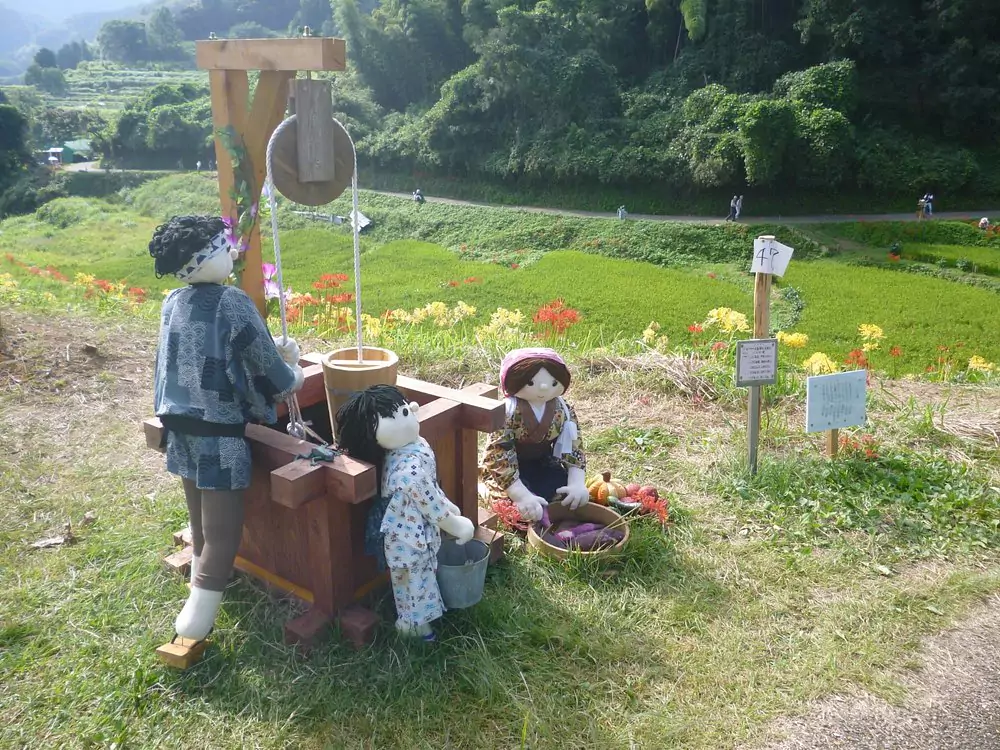
Table of Contents
What Is “Rice Field in Japanese”?
A rice field in Japanese is called tanbo and is written using the characters 穂田.
- 穂 (ta) means “rice plant”
- 田 (bo or ta) means “field”
This combination reveals the strong connection between rice and Japanese traditions. You might also see other related words like:
- Inaka (田舎) – countryside, where many rice fields are found
- Suiden (水田) – flooded rice paddies used in growing rice
Now that you know how to say rice field in Japanese, let’s explore 10 amazing places where you can see them!
1. Biei, Hokkaido
Soft slopes, vibrant rice fields, and endless stretches of blue overhead. Biei in northern Japan looks like it belongs in a storybook. The rice paddies here are surrounded by flowers and gentle mountains. Perfect for photography lovers!
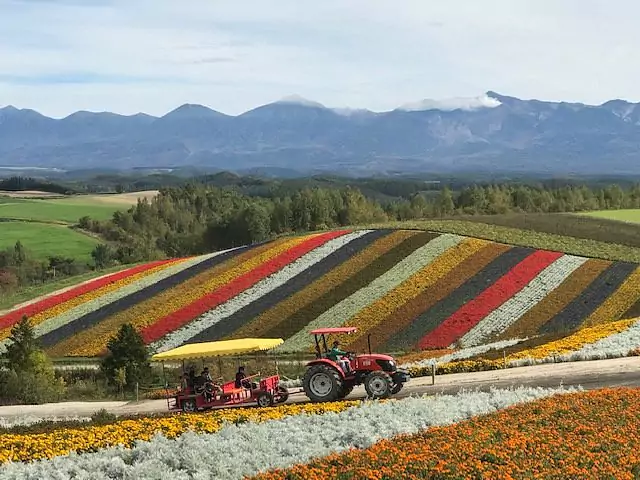
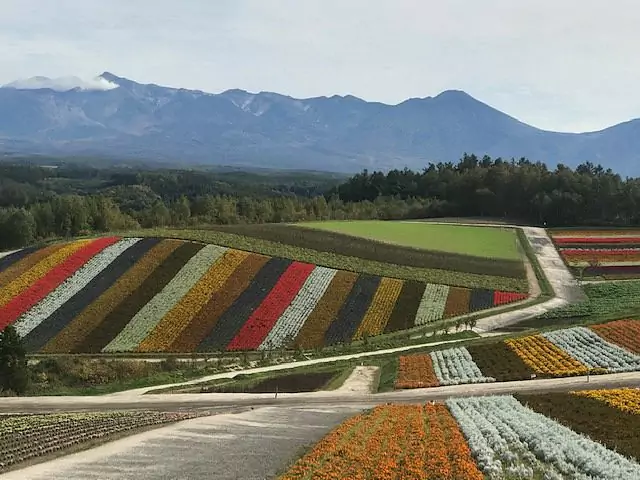
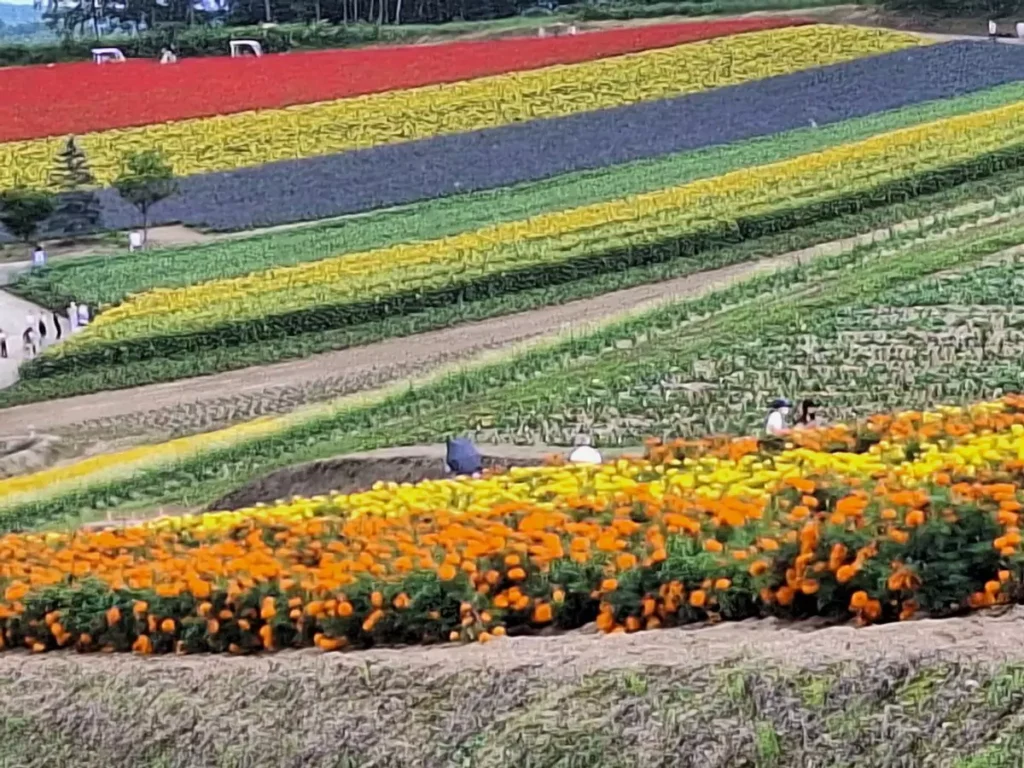
2. Uonuma, Niigata
Famous for some of the best rice in Japan, Uonuma is a true rice-growing paradise. The fields here are neat and full of life. In autumn, they glow gold. It feels like walking through treasure.
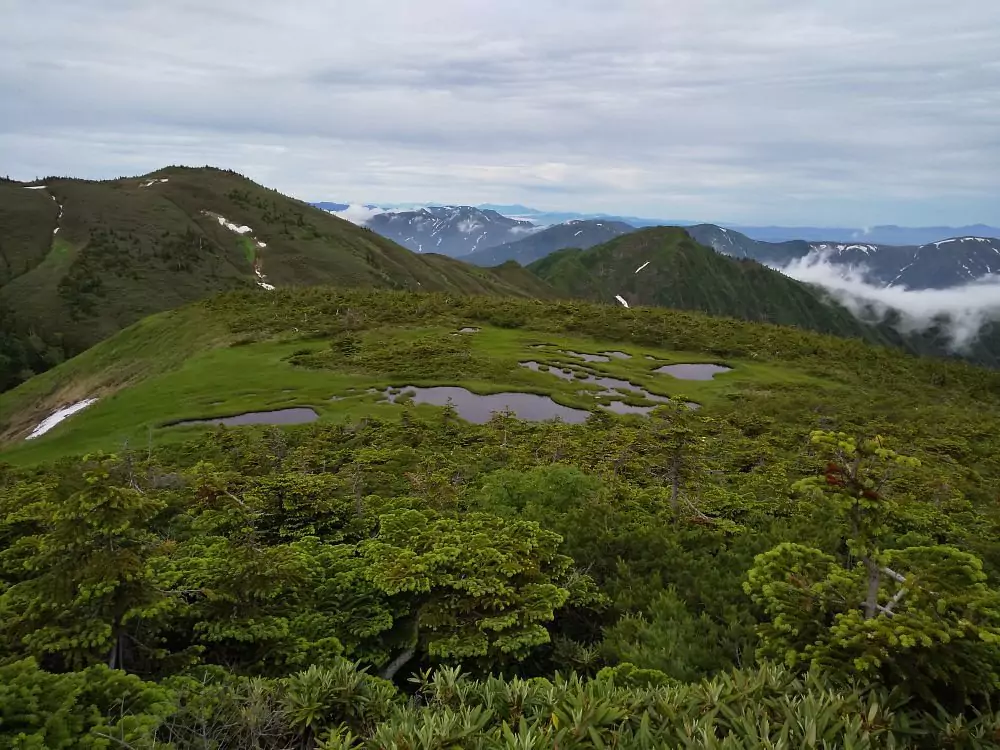
3. Hoshitoge Rice Terraces, Niigata
The rice paddies are arranged in layers, climbing up the hillside. When it rains, the paddies reflect the sky, stars, and clouds. People call them “mirror fields.”
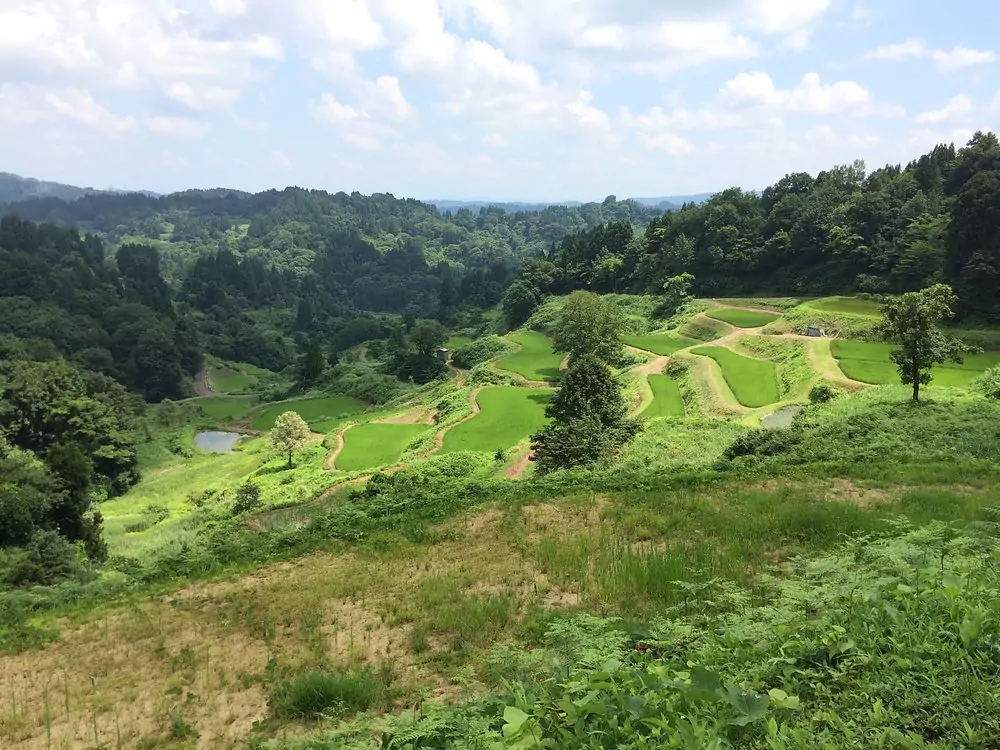
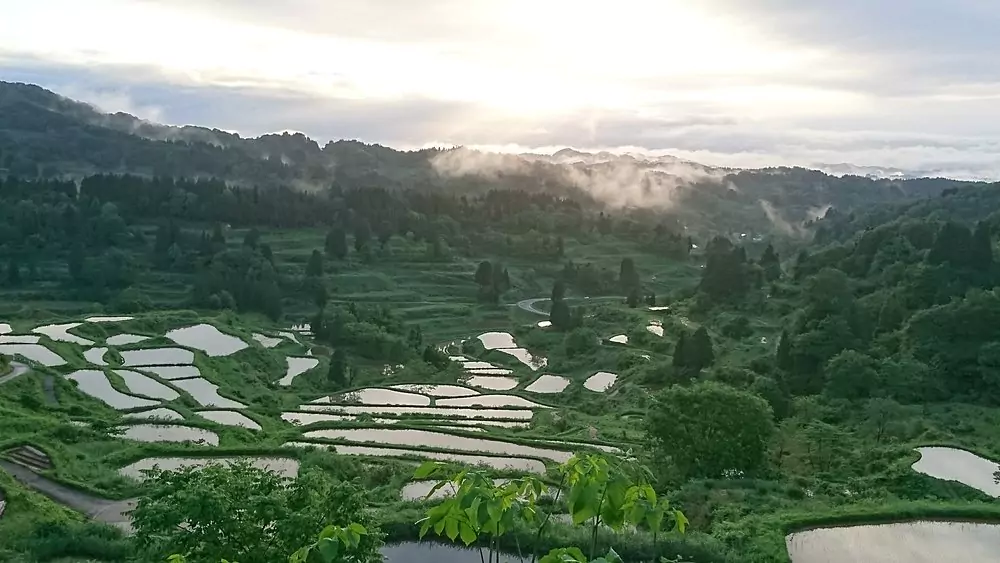
4. Shiroyone Senmaida, Ishikawa
“Senmaida” means 1,000 rice paddies, and that’s what you’ll see in Shiroyone. The little square paddies hug the sea cliffs. During sunset, the light dances on the water. It’s magical.
5. Asuka Village, Nara
This village is full of history. Ancient tombs, temples, and peaceful rice fields surround the area. Farmers still use old methods to plant rice. You can even try rice planting here!
6. Kamogawa, Chiba
Close to Tokyo, Kamogawa is a quiet spot where you can relax. The fields spread out wide, and farmers use scarecrows to keep birds away. There’s even a rice field art festival in summer! Rice field in Japanese
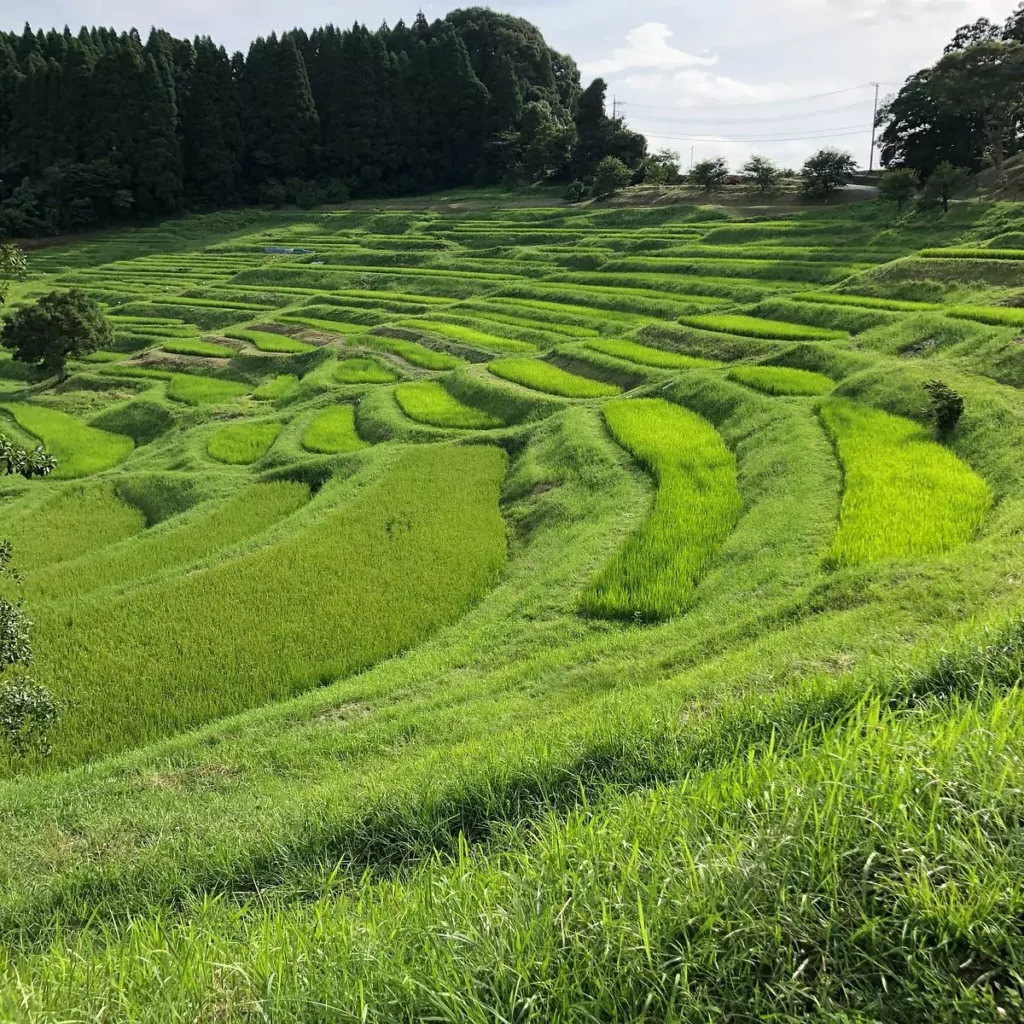
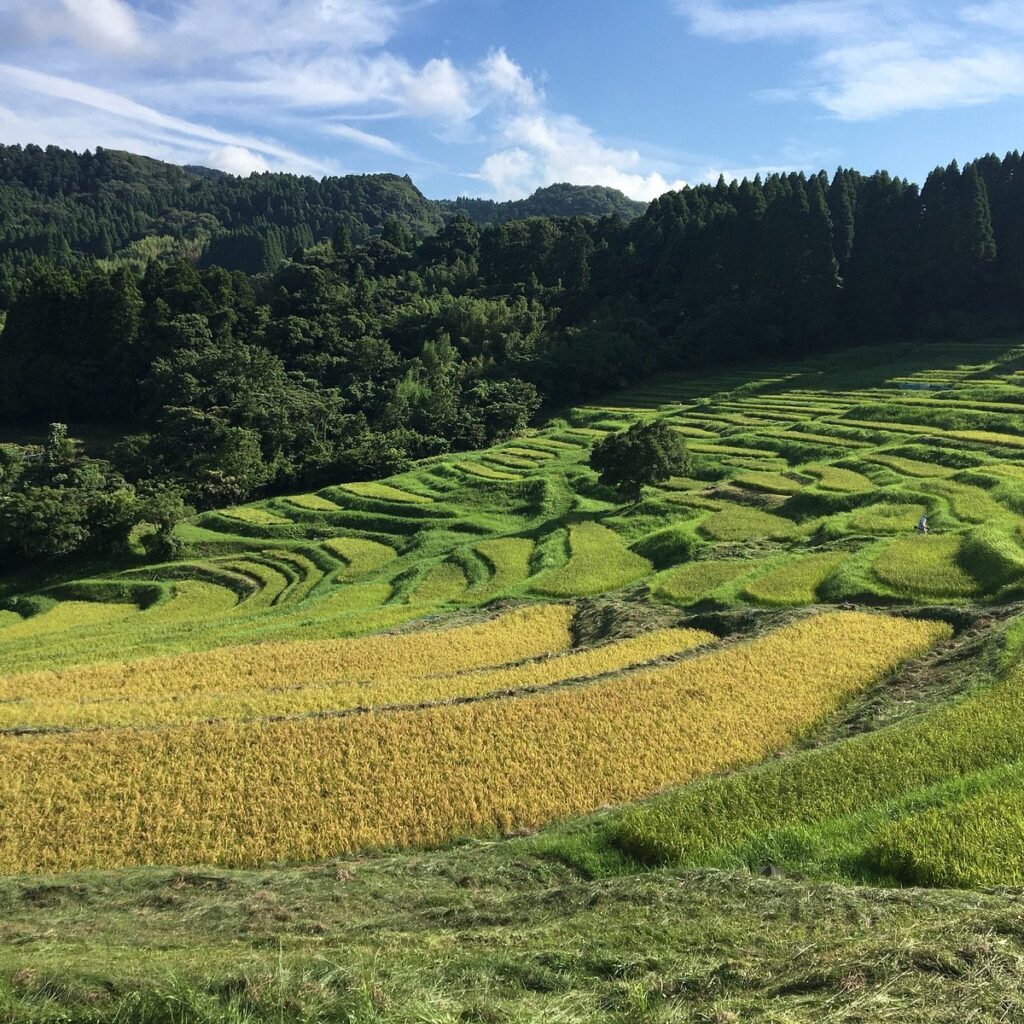
7. Takachiho, Miyazaki
Up in the mountains of Kyushu lies Takachiho, a place rich in folklore. The steep, narrow rice paddies create a beautiful patchwork across the hills. They blend perfectly with the foggy valleys.
8. Oyama Senmaida, Chiba
Another famous “Senmaida” spot, Oyama has about 375 tiny rice fields. They are protected and cared for by the community. You can even join a volunteer group to help!
9. Aso, Kumamoto
There are chances to lend a hand by joining community volunteers. Around it, green rice fields spread out like a giant blanket. With the volcano in the background, the view is unforgettable.
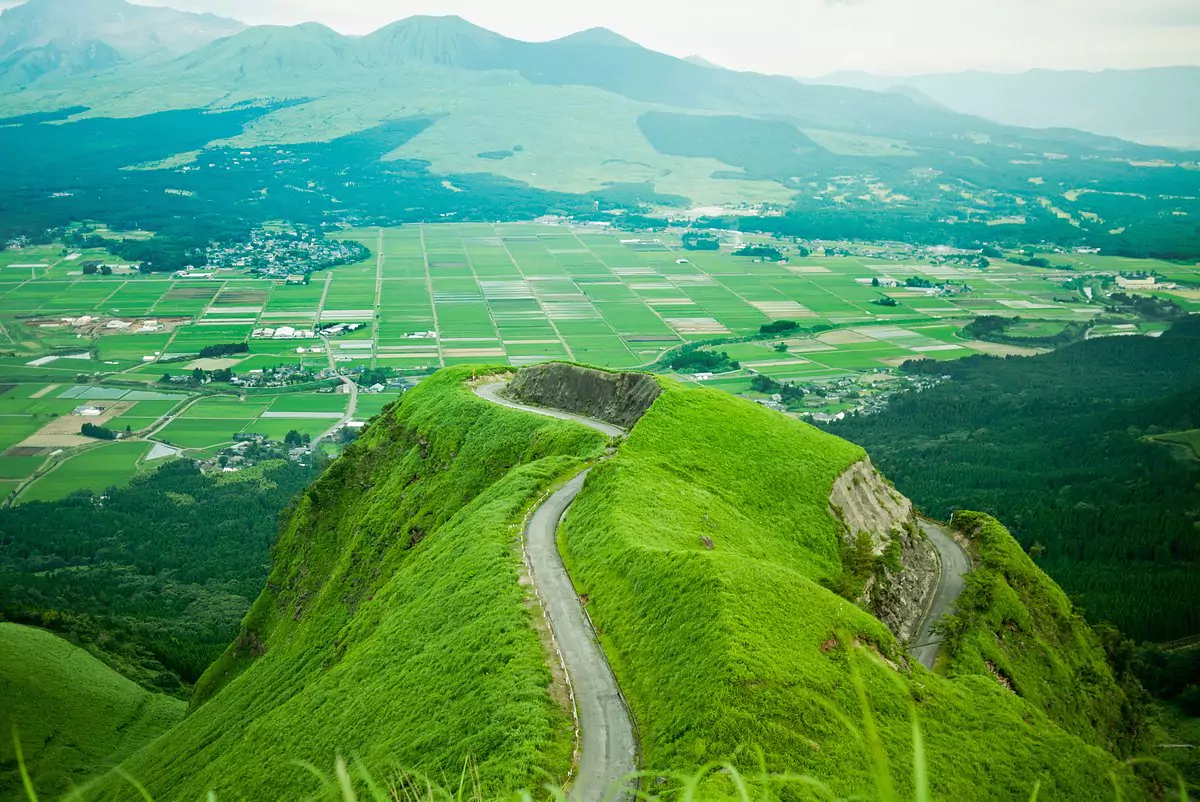
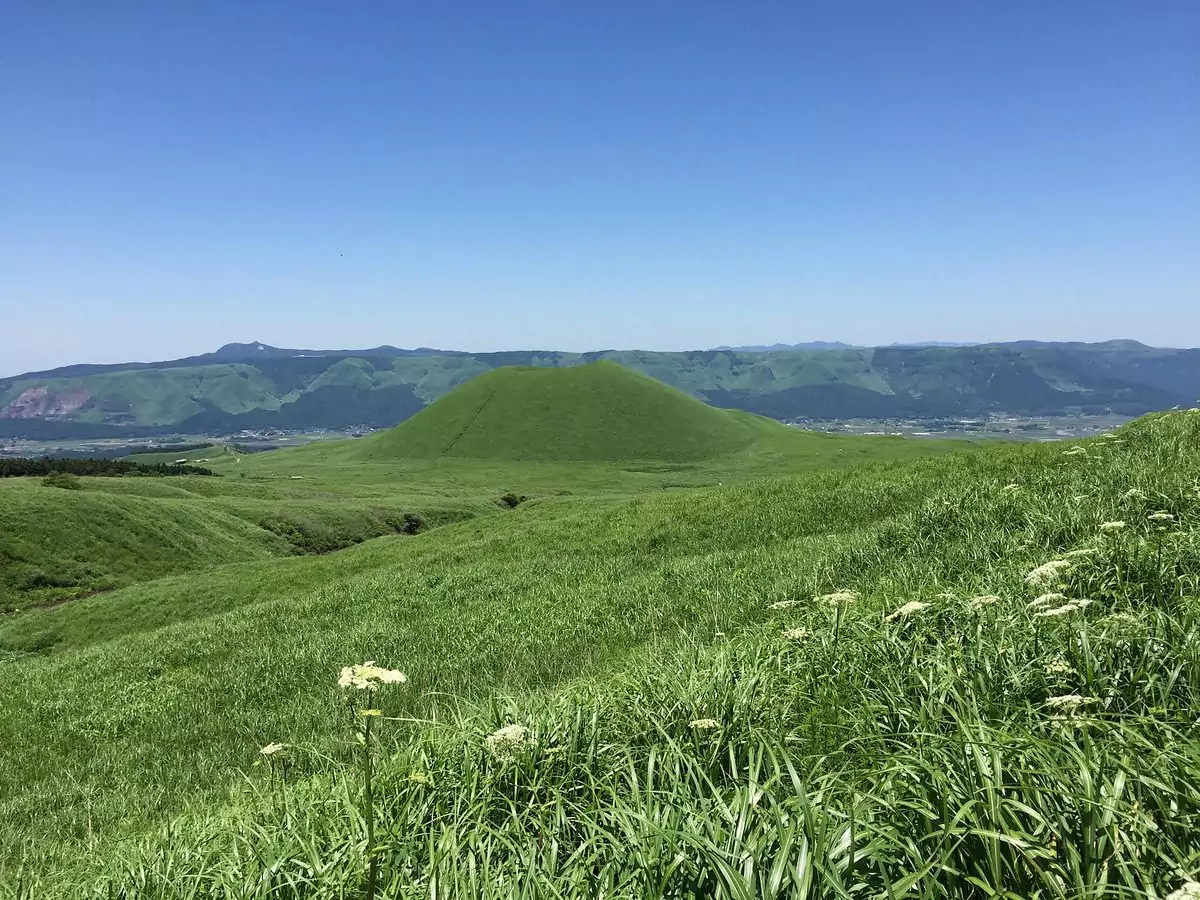
10. Tottori Plain, Tottori
Flat and open, the Tottori Plain gives a wide view of rice fields and far-off mountains. Rice field in JapaneseYou can walk or bike through the area and see the changing colors of rice through the year.
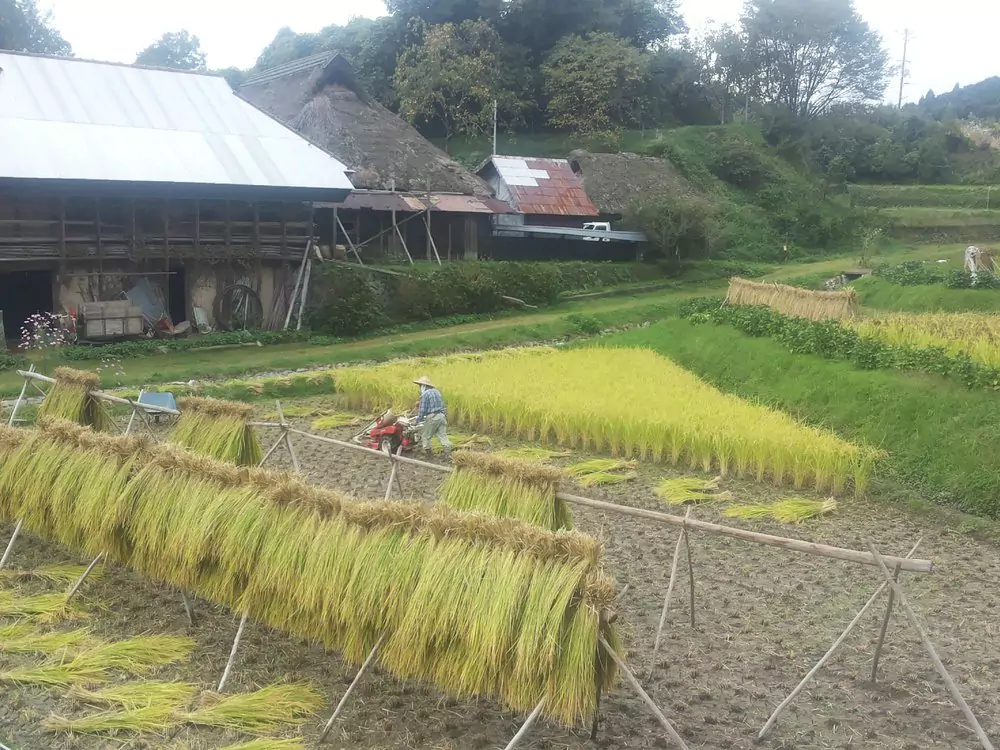
Why Rice Fields Matter in Japan
Rice fields are not just pretty. They are part of Japanese culture, food, and daily life. Here’s why they’re important:
- Food: Rice is a main part of every meal in Japan.
- Tradition: Rice planting and harvesting festivals are held every year.
- Nature: Fields are homes for frogs, birds, and bugs.
- Art: Some towns use rice paddies to create huge artworks.
Seeing a rice field in Japanese countryside helps you understand how connected people are to the land. Rice field in Japanese
When to Visit Rice Fields in Japan
Each season shows a different side of rice fields:
- Spring: Planting time! Fields are flooded and shiny.
- Summer: Lush green paddies grow tall.
- Autumn: Golden fields ready for harvest.
- Winter: Snowy fields look quiet and peaceful.
Visit during spring or autumn for the most beautiful views.
Tips for Visiting Rice Fields
- Be respectful: Don’t walk into the fields unless allowed.
- Bring a camera: Sunrise and sunset give the best light.
- Check local guides: Some fields have tours or festivals.
- Try local food: Eat rice dishes made with freshly harvested rice!
- Learn a few words: Knowing “tanbo” or “inaka” helps!
If you’re exploring the countryside to see a beautiful rice field in Japanese landscapes, why not treat yourself to an unforgettable meal afterward? Japan is also home to some of the world’s finest beef, and dining at a top-notch steakhouse is a must for food lovers. Don’t miss our guide to the top 7 steak houses in Japan where sizzling grills and premium wagyu await. click here .
Conclusion
Now you know what rice field in Japanese means and where to find the most beautiful ones. These fields are more than farms — they are living art, tradition, and a big part of Japan’s heart. Whether you visit in spring or fall, or just enjoy photos, rice fields will make you feel calm and connected to nature.
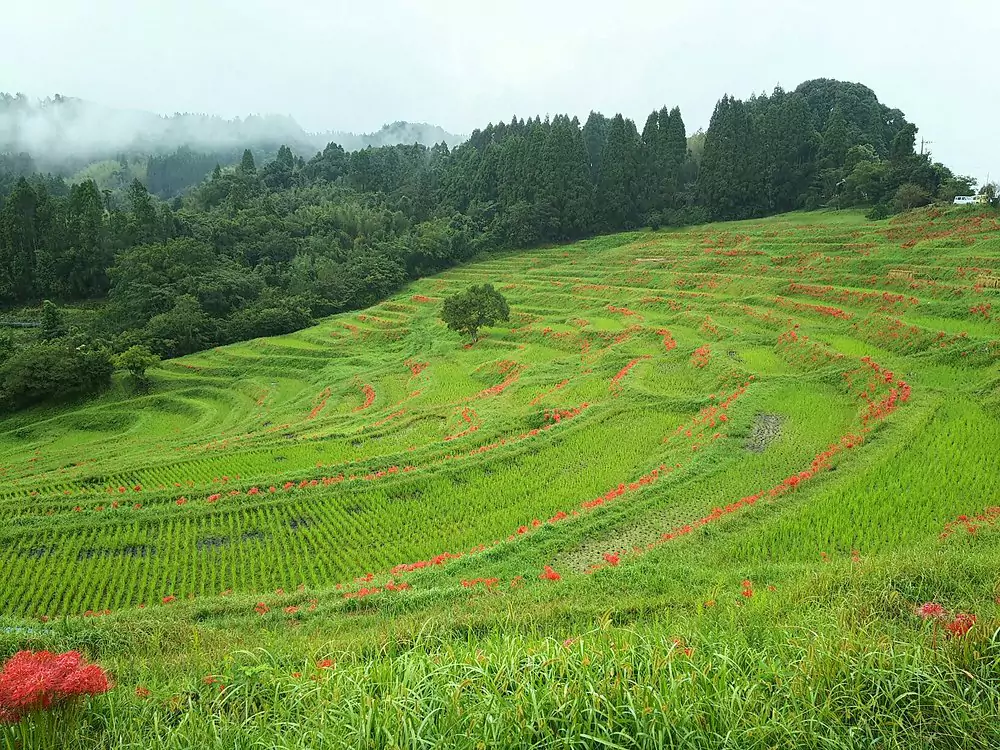
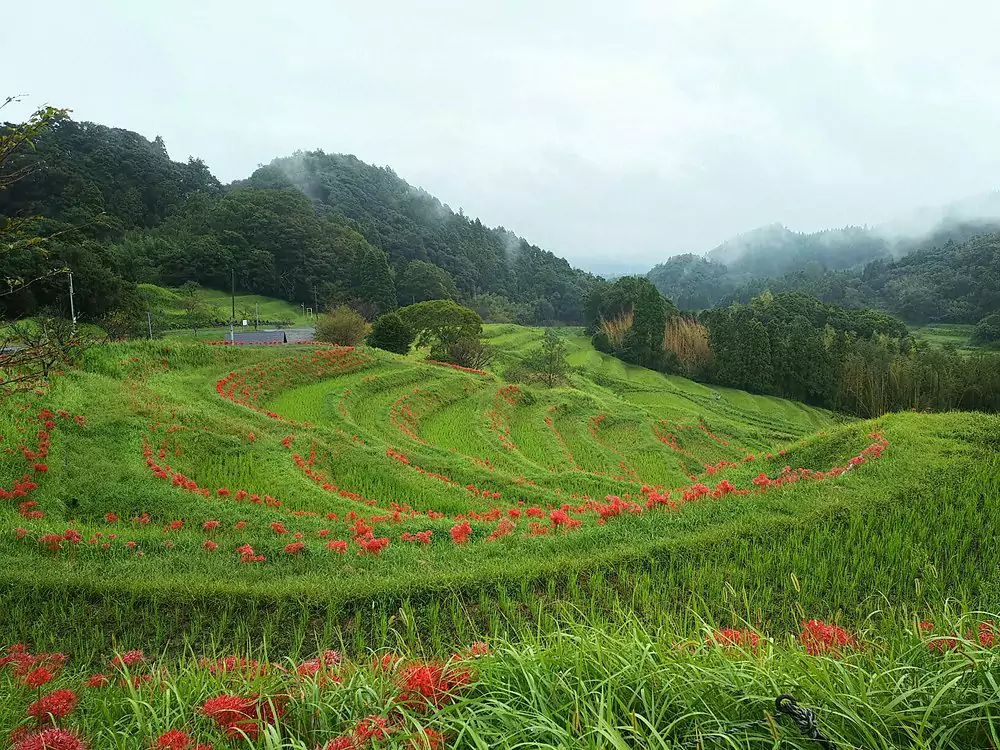
FAQs
Q: What does “rice field in Japanese” mean?
A: It means “tanbo (穂田)”, which refers to a field used to grow rice.
Q: When is the best time to see rice fields in Japan?
A: Spring and autumn are best for beautiful views and festivals.
Q: Can tourists walk through the rice fields?
A: Some areas allow it with permission or during events, but always be respectful.
Q: Are rice fields in Japan still used today?
A: Yes! Many are still actively farmed using both traditional and modern methods.
Q: Where can I see rice field art in Japan?
A: Places like Inakadate in Aomori create amazing rice paddy art each year.
Q: Is rice the main crop grown in Japan?
A: Yes, rice is one of Japan’s most important and traditional crops.
Q: Can I help plant rice in Japan?
A: Yes! Some villages let visitors try rice planting during festivals.
Q: What animals live in rice fields?
A: Frogs, birds, insects, and sometimes even fish can live in the paddies.
Q: How long does it take to grow rice?
A: It usually takes 4-5 months from planting to harvest.
Q: Is the word “tanbo” used in everyday conversation?
A: Yes, especially in rural areas or when talking about nature and farming.
